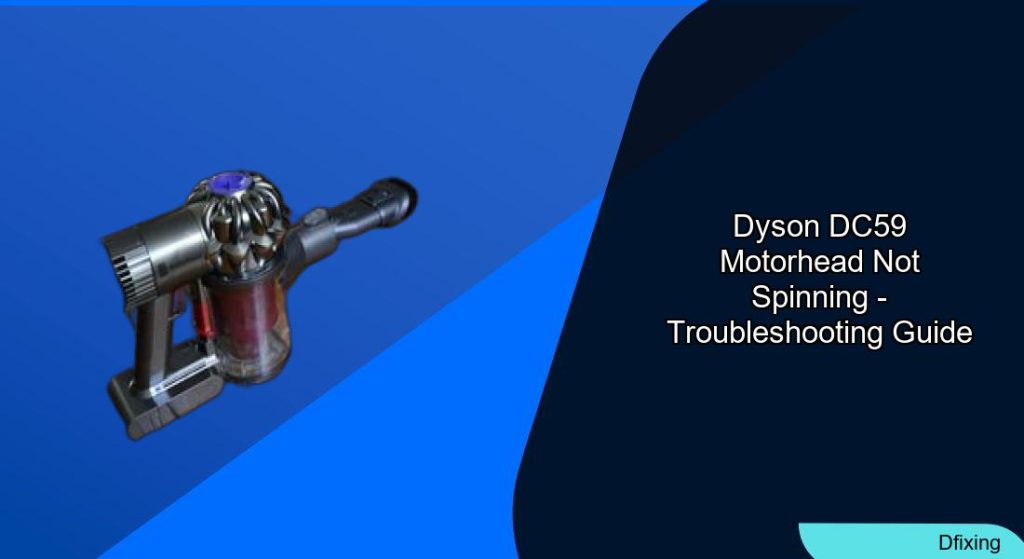Dealing with a Dyson DC59 motorhead that won’t spin can be frustrating, especially when it impacts cleaning efficiency. This issue often stems from blockages, worn belts, motor failure, or electrical problems. Understanding the root cause is key to resolving the problem quickly. Readers will learn how to diagnose common issues, perform repairs, and maintain their vacuum for optimal performance.
Affiliate disclosure: As an Amazon associate, We'll earn a commission for every successful order through our affiliate links in the article. However, you won’t be charged anything for this.
The DC59’s motorhead relies on a delicate balance of mechanical and electrical components. Hair, debris, or lint buildup can jam the brush bar, while a frayed belt may disrupt power transfer from the motor. Electrical issues, such as corroded contacts or damaged wires, can also halt operation. This guide walks through step-by-step troubleshooting methods, replacement procedures, and maintenance tips to restore functionality.
Diagnosing Common Issues in the Dyson DC59 Motorhead
Blockages in the Brush bar
Hair, threads, or small objects often around the brush bar, prevent it from spinning. To check, remove the bottom plate and inspect the brush bar manually. Use scissors or tweezers to clear debris, ensuring the gear moves freely. For deeper cleaning, disassemble the brush head to access hidden obstructions.
Worn or Broken Belt
The belt connects the motor to the brush bar. A cracked, frayed, or snapped belt will stop the brush bar from rotating. Access the belt by opening the bottom plate and visually inspect its condition. If damaged, replace it with a compatible Dyson belt, ensuring proper alignment and tension.
Motor or Electrical Failures
A faulty motor may emit unusual noises or fail to power the brush bar. Test the motor by disconnecting and reconnecting its wires. Electrical issues, such as corroded contacts or damaged wiring, can also disrupt power flow. Use a multimeter to check voltage at the battery (7.4V–8.4V when fully charged) and inspect wires for cuts or loose connections. In cases where the motorhead is beyond repair due to extensive damage, replacing the entire unit may be the most effective solution.

Official replacement for optimal performance
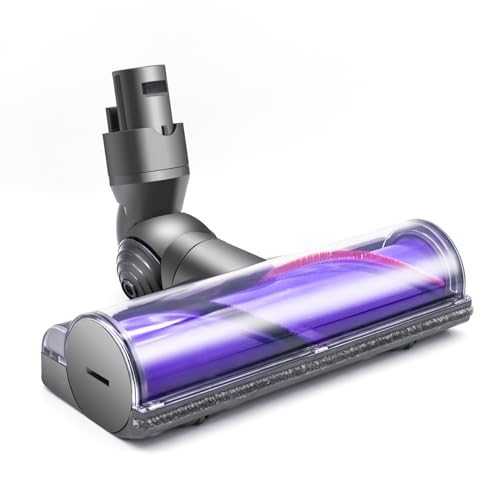
Deep cleaning for carpets and hardwood

Enhanced visibility and surface adaptability
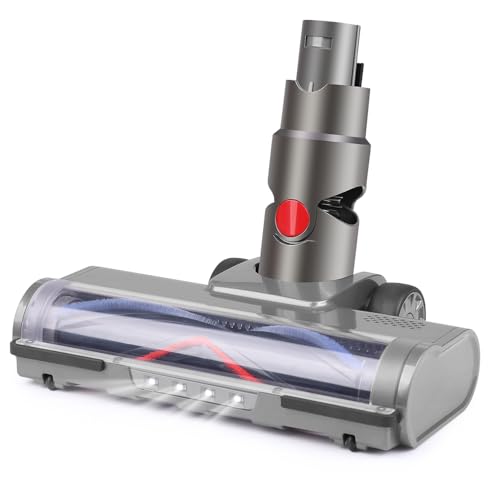
Efficient dust collection with V-bristle technology
Step-by-Step Troubleshooting and Repairs
Clearing Blockages: A Systematic Approach
- Unplug the vacuum and remove the battery for safety.
- Detach the bottom plate to access the brush bar.
- Manually rotate the brush bar to identify resistance.
- Trim tangled hair or debris with scissors, focusing on the ends and bearings.
- Reassemble and test the motorhead to confirm the fix.
Replacing the Brush bar Belt
- Remove the old belt from the brush bar and motor shaft.
- Install the new belt, aligning it with the motor’s pulley and brush bar.
- Secure the bottom plate and test the brush bar’s rotation.
Fixing Electrical Issues
- Clean corroded contacts with rubbing alcohol and a cotton swab.
- Inspect wires for damage and repair using wire strippers and electrical tape.
- Test the motor and battery with a multimeter. Replace faulty components.
If the battery is faulty and not holding a charge, it will need to be replaced to ensure the vacuum operates correctly.

Extended runtime with advanced safety features and thermal protection.
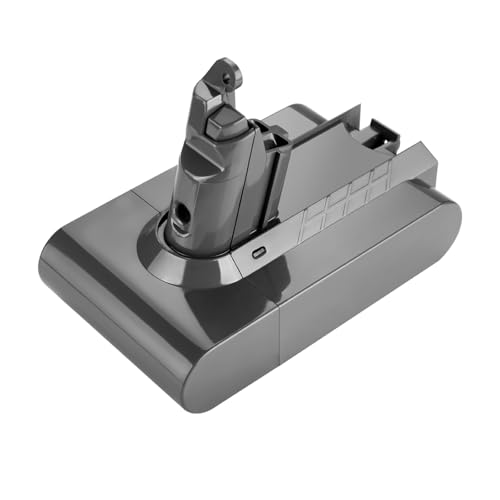
Longest runtime with A+ grade cells and comprehensive safety certifications.
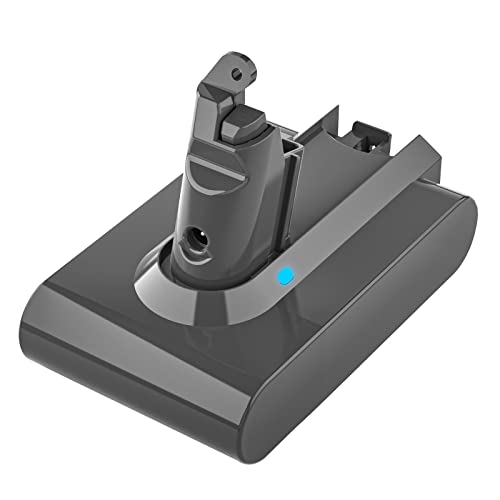
Affordable option with real-time charge monitoring and safety protection.
Motor Replacement Procedure
- Disconnect the motor wires and unscrew the old motor.
- Install the new motor, ensuring wires are securely connected.
- Reattach screws and test for smooth operation.
Maintenance Tips to Prevent Future Issues
Regular upkeep extends the lifespan of the DC59 motorhead:
Clean the brushbar after every use to remove hair and debris.
Replace the belt every 6–12 months to avoid sudden failures.
Empty the dust bin frequently to maintain suction power.
Clean filters monthly with water and let them dry completely.
Lubricate bearings* with WD-40 to reduce friction.
Avoid aggressive use on carpets with thick fibers, which can strain the motor. Store the vacuum in a dry area to prevent moisture-related electrical issues.
Frequently Asked Questions (FAQ)
How do I know if the motorhead belt is broken?
A broken belt often causes the brushbar to stop spinning while the motor runs. Visually inspect the belt for cracks or fraying. If damaged, replace it immediately.
Can a clogged brushbar cause permanent damage?
Yes, persistent blockages strain the motor and belt, leading to premature wear. Clear debris regularly to avoid costly repairs.
Why does the motorhead only work intermittently?
Intermittent operation usually stems from loose electrical connections, a failing battery, or airflow obstructions. Check contacts, test the battery voltage, and clear clogs in the chamber.
How often should I replace the motorhead?
With proper maintenance, the motorhead lasts several years. Replace it only if the motor fails or components are irreparably damaged.
Conclusion
A non-spinning Dyson DC59 motorhead typically points to blockages, belt wear, or electrical issues. By following the diagnostic steps and repairs outlined above, users can resolve most problems without professional help. Regular maintenance, such as cleaning and belt replacement, ensures long-term reliability. For severe motor or circuit board failures, part replacement is the best solution. Keep your DC59 performing at its best with proactive care.

